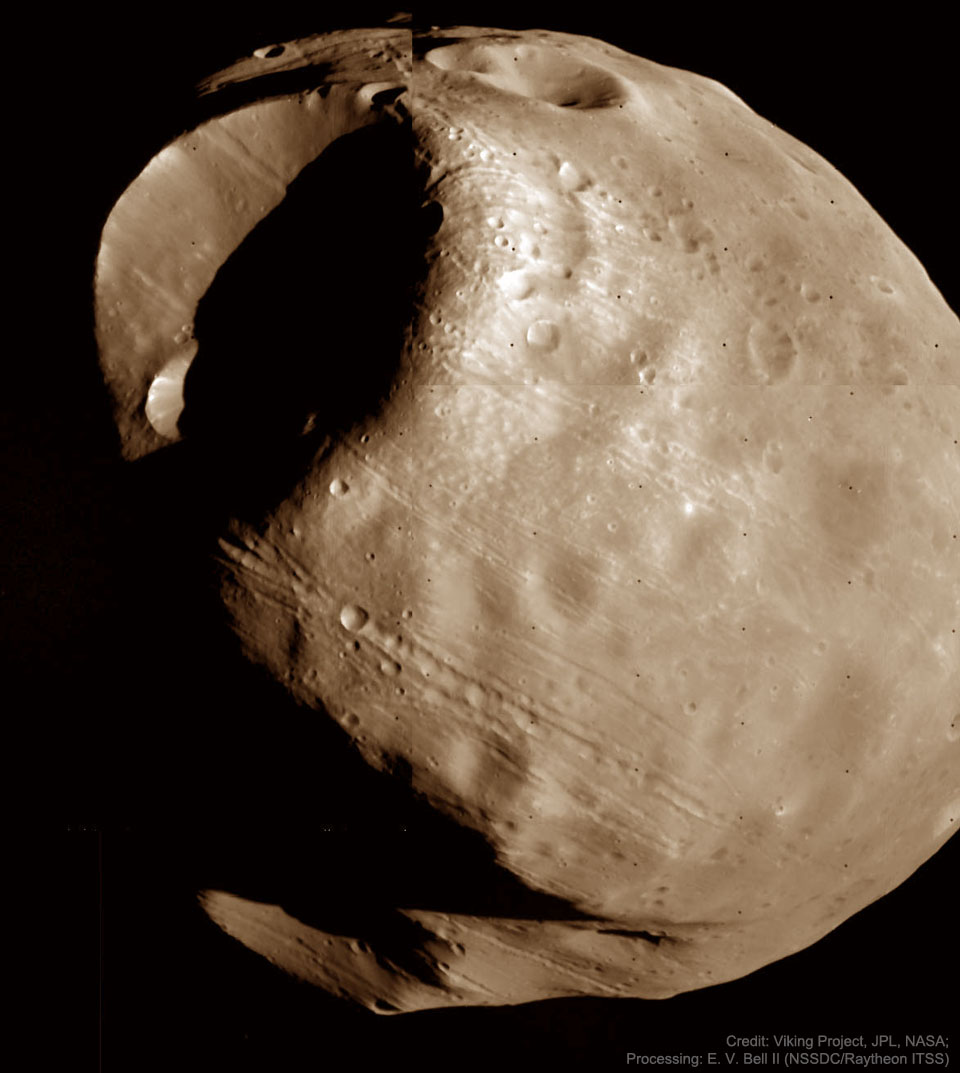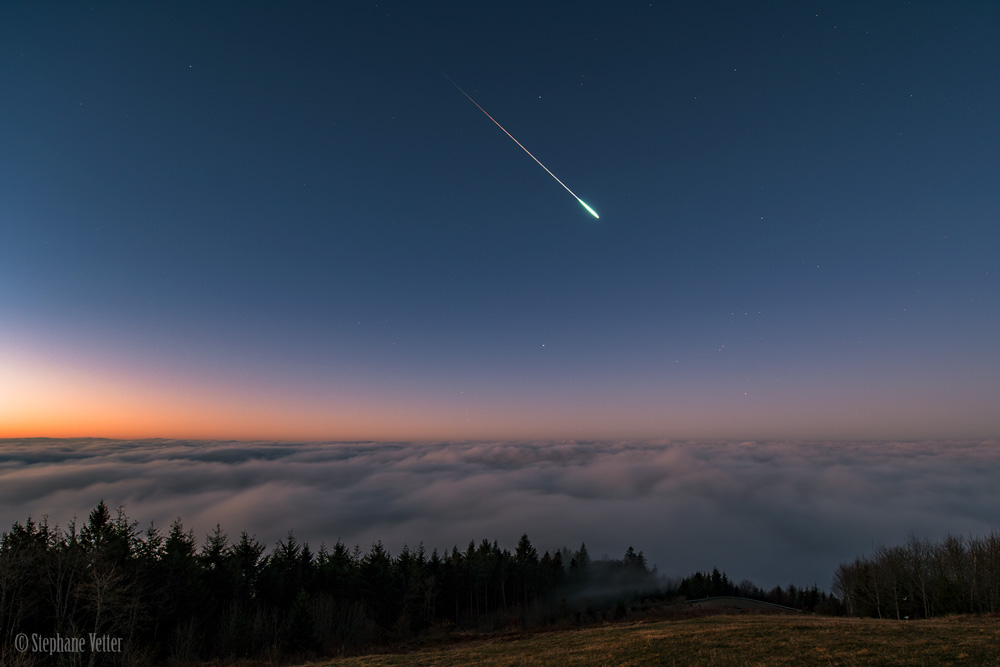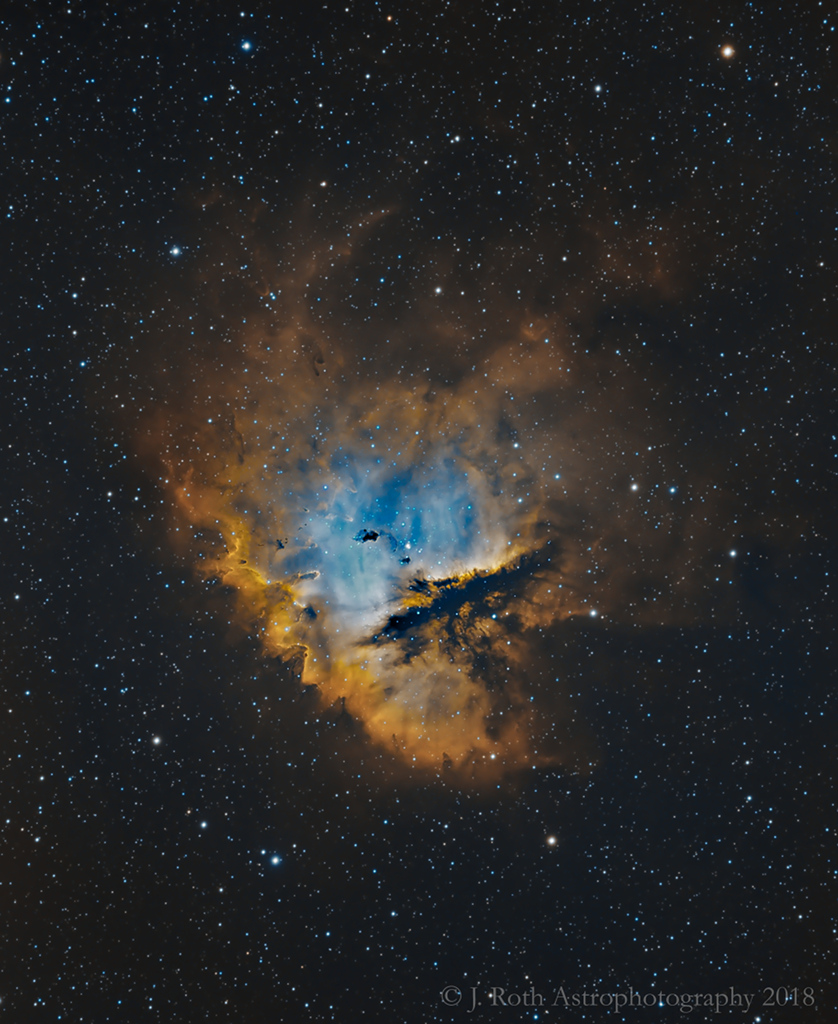 |
L'épave d'un vaisseau portugais qui naviguait le long de la route des épices jusqu'en Inde, et qui aurait fait naufrage entre 1575 et 1625, a été découverte au fond du Tage, près de Lisbonne. C'est ce qu'ont annoncé les autorités de Cascais (ville côtière proche de Lisbonne), où le navire a été retrouvé.
"C'est la plus importante trouvaille archéologique faite au Portugal depuis 1994", date de la découverte dans la même région d'un navire du début du XVIIe siècle, a déclaré à l'AFP Jorge Freire, directeur du projet d'archéologie maritime lancé en 2005 par la mairie de Cascais, commune de la banlieue ouest de Lisbonne.
Chargé de poivre, le navire arrivait à Lisbonne lorsqu'il a coulé.
Retrouvés le 3 septembre 2018 à 12 mètres de profondeur, les vestiges sont répandus sur une surface de 100 mètres de long et 50 mètres de large, a indiqué la mairie de Cascais dans un communiqué. Le vaisseau contenait neuf canons en bronze portant les armoiries du Portugal, de la porcelaine chinoise de l'époque Wanli (1573-1619), du poivre ou encore des coquillages qui servaient de monnaie dans la traite négrière.
"Le fait qu'il contienne du poivre est très important, car cela nous indique que le navire arrivait à Lisbonne quand il a coulé", a expliqué Jorge Freire."L'embouchure du Tage est la porte d'entrée de Lisbonne et on y trouve une grande concentration d'épaves, avec au moins une centaine de naufrages recensés depuis le XVIIe siècle", a précisé l'archéologue.
Sciences et Avenir







